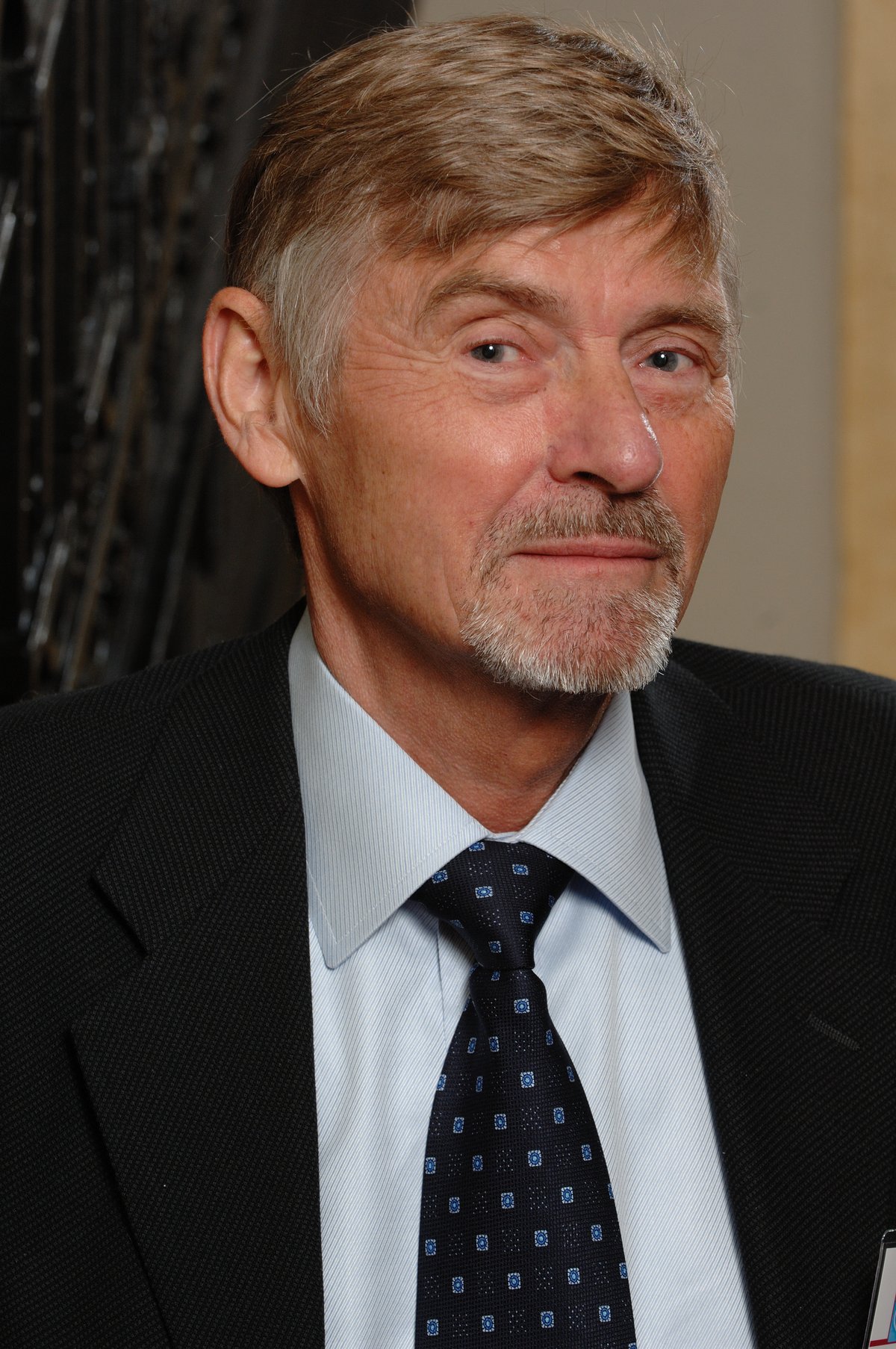
Aging-related bladder dysfunction and associated lower urinary tract symptoms (LUTS) represent an increasing problem due to extended life time expectancy in developed countries. Several cardiovascular, metabolic and endocrine factors may be associated with LUTS. An estimated 45.2% of the 2008 worldwide population (4.3 billion) was affected by at least one LUTS. By 2018, an estimated 2.3 billion individuals will be affected by at least one LUTS (18.4% increase).
It is well known that vascular endothelial dysfunction is associated with oxidative stress, and that pro-inflammatory cytokines during human aging represents an independent risk factor for atherosclerosis and hypertension. Recent evidence from epidemiologic, clinical and animal basic research suggests that aging-associated changes in the pelvic vasculature, resulting in atherosclerosis and vascular dysfunction, may be important contributing factors to LUTS. The vascular supply to the human bladder is derived mainly from the superior and inferior vesical arteries and atherosclerotic obstructive changes distal to the aortic bifurcation will have consequences for the distal vasculature and for bladder blood flow. By means of transrectal color Doppler ultrasonography of elderly patients with LUTS, it was shown that during bladder filling, there was a significantly lower bladder blood flow compared to that in asymptomatic younger controls. It was suggested that most cases of LUTS are associated with bladder ischemia, and the improvement of LUTS seen with ?-adrenoceptor blocker treatment was found to be associated with a significant increase in bladder blood flow. A significantly reduced bladder perfusion was observed in men at high risk for LUTS, and in men with diabetes or peripheral arterial occlusive disease and LUTS, perfusion of the transition zone of the prostate was significantly reduced compared to that in asymptomatic controls. Age-related impairment of blood supply may therefore have a key role in the pathogenesis of BPH.
The present project aims at testing the hypotheses:
Project title:
Aging Bladder Dysfunction
Area of research:
Medical Sciences
Fellowship period:
1 Feb 2014 – 31 Jan 2012
Fellowship type:
Dale T. Mortensen fellow

This fellowship has received funding from The Aarhus University Research Foundation.